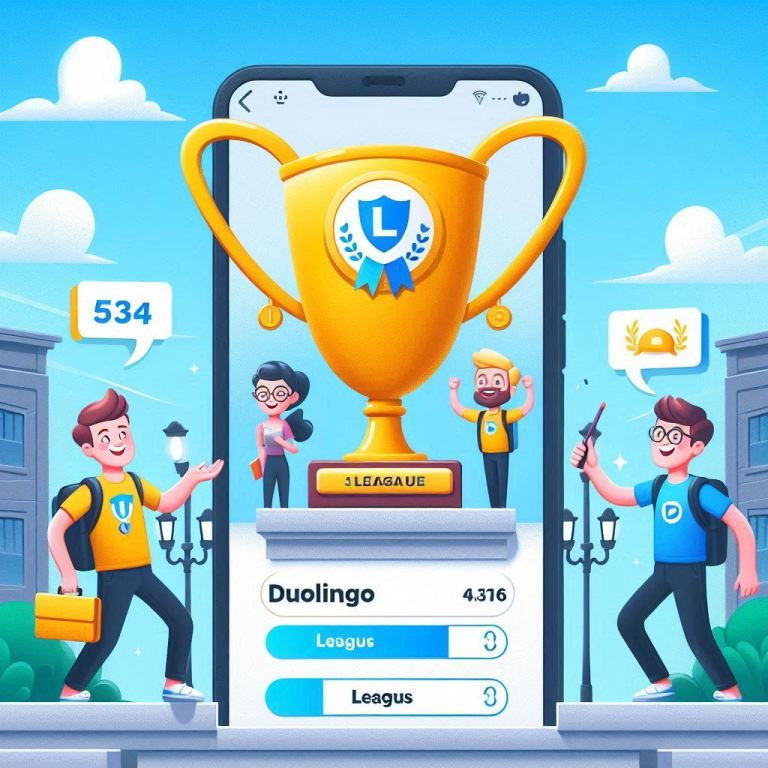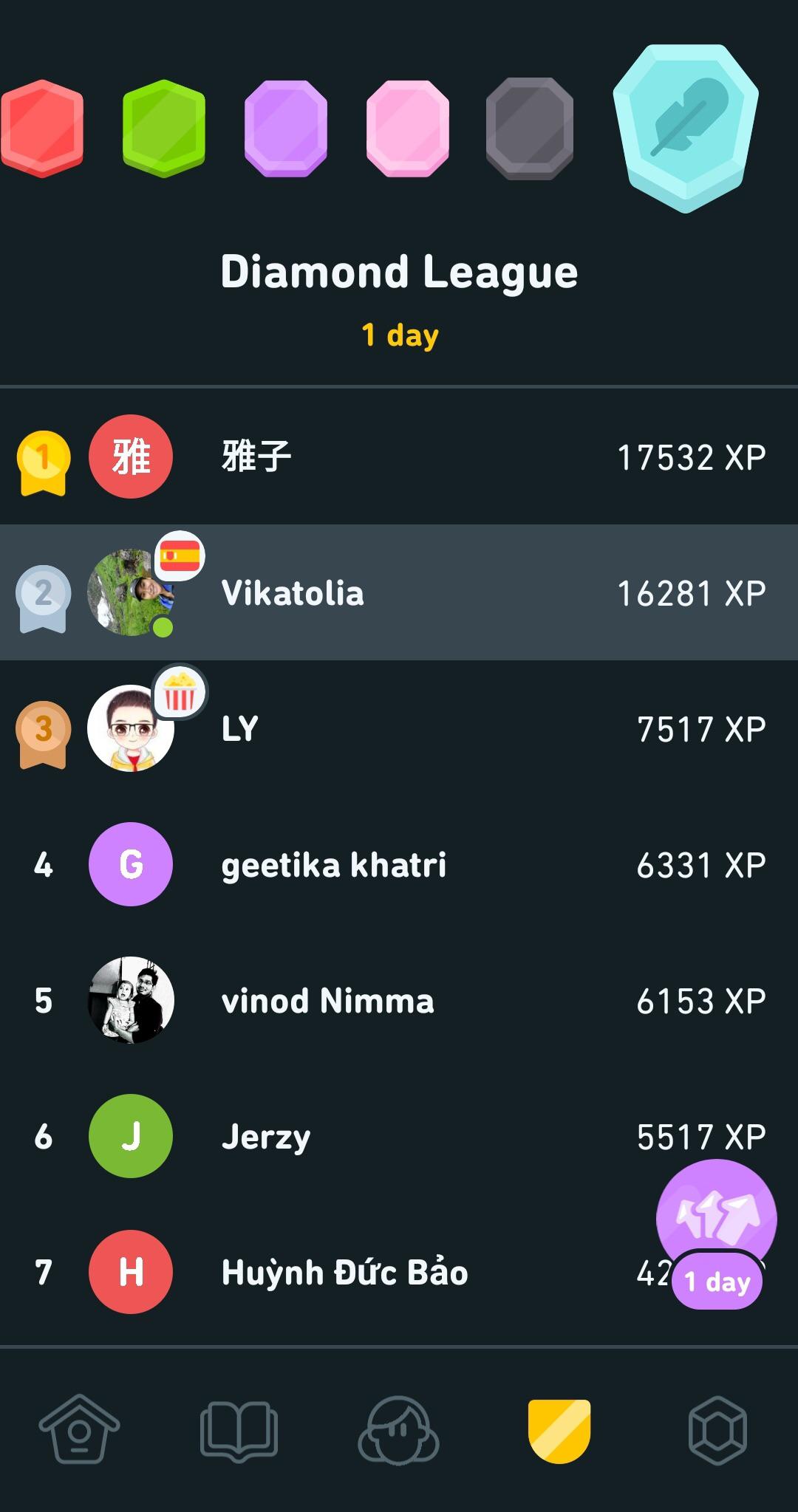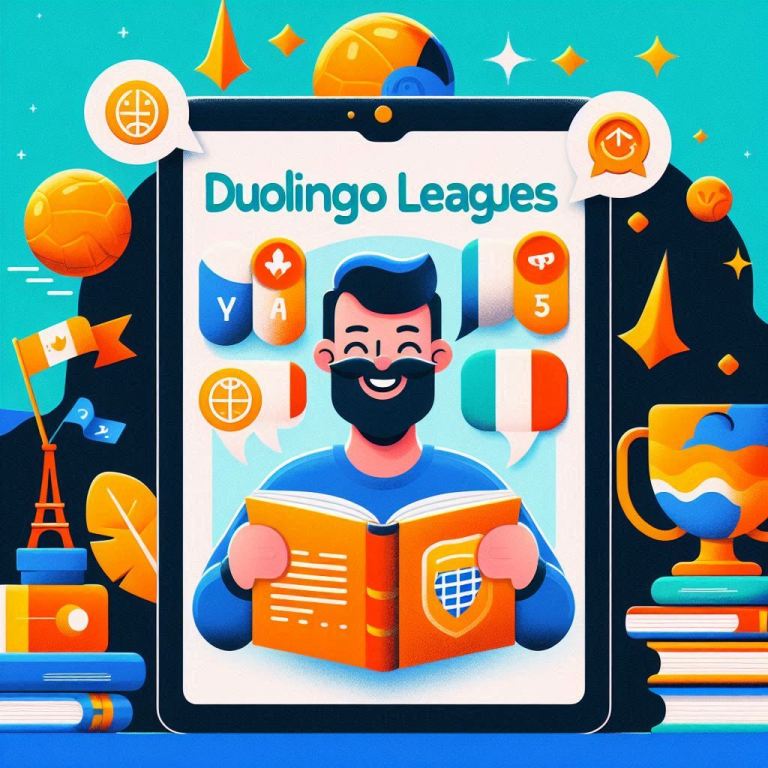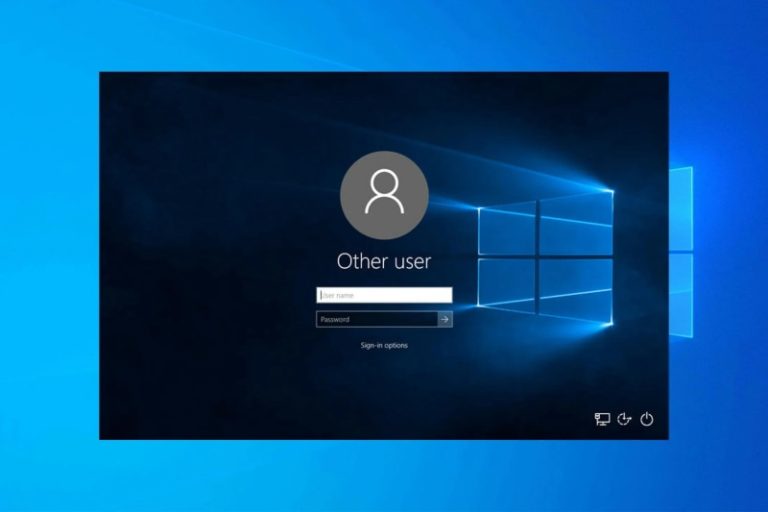Facts About Duolingo Leagues

If you are someone who is learning a new language, you might have heard about Duolingo leagues. Duolingo is a popular language-learning app that allows you to learn over 40 languages from your mobile device or computer. Leagues are one of the features that make Duolingo different from other language-learning apps.

Duolingo Today, with more than 500 million registered users (42 million of them are active at least once a month) and 95 available courses in 40 languages, Duolingo is one of the most-loved language-learning apps.
In this article, we will explore the facts about Duolingo leagues and how they work.

What are Duolingo Leagues?

Duolingo Leagues is a feature that allows learners to compete with other Duolingo learners from around the world. When you join a league, you will be placed in a group of learners who are at a similar level of skill as you. Each league lasts for one week, and learners compete to earn the most XP (experience points) during that week. At the end of the week, the learners who earn the most XP move up to a higher league, and the learners who earn the least XP move down to a lower league.
A Duolingo league is basically a weekly leaderboard containing 30 random users from across all platforms, including IOS, Android and desktop.
How to Join a Duolingo League

Joining a Duolingo League is easy. All you need to do is follow these steps:
- Open the Duolingo app or website
- Click on the “Leagues” icon
- Click on “Join a League”
- Choose a league to join
Once you join a league, you will be placed in a group with other learners who are at a similar level of skill as you.
To join a weekly leaderboard, all you need to do is complete a lesson. Then head over to your league tab and you’ll find yourself on a leaderboard with a group of other Duolingo users.
League leaderboards are ranked on XP – the user with the most XP at the end of the week will finish on top of the leaderboard and be promoted to the next league.
The promotion zone can cover up to 20 users, and this will depend entirely on the league you are in. The current breakdown is as follows:
- Bronze – Top 20
- Silver – Top 15
- Gold – Top 10
- Sapphire – Top 7
- Ruby – Top 7
- Emerald – Top 7
- Amethyst – Top 7
- Pearl – Top 7
- Obsidian – Top 5
- Diamond – No promotions
How Duolingo Leagues Work
Duolingo Leagues work on a simple principle. Each week, learners compete to earn the most XP. XP is earned by completing lessons and practicing skills. The learners who earn the most XP move up to a higher league, and the learners who earn the least XP move down to a lower league.
Duolingo Leagues are designed to be fair and balanced. The app takes into account your level of skill, your activity on the app, and your performance in previous weeks when placing you in a league. This ensures that you are competing with learners who are at a similar level of skill as you.
Why Join a Duolingo League?
There are several reasons why you might want to join a Duolingo League. Here are a few:
- It is a fun way to compete with other learners
- It can motivate you to study more and earn more XP
- It can help you track your progress and see how you are improving
- It can help you meet other language learners from around the world
Tips for Succeeding in Duolingo Leagues
If you want to succeed in Duolingo Leagues, here are a few tips:
- Practice every day – the more you practice, the more XP you will earn
- Focus on your weak areas – if you are struggling with a particular skill, focus on it until you master it
- Use streak freezes – if you are unable to study for a day, use a streak freeze to avoid losing your streak and falling down in the leagues
- Connect with other learners – use the Duolingo forum or social media to connect with other learners and get tips and advice.
How do Duolingo Leagues work?
Duolingo Leagues work by placing users in a League with other users who have similar learning goals and skill levels. The League lasts for a week, and during this time, users are required to complete lessons and practice regularly to earn points. Points are earned by completing lessons, practicing regularly, and maintaining a consistent streak.
At the end of the week, users are ranked based on the number of points they have earned. The top users in the League are promoted to a higher League, while the bottom users are relegated to a lower League. This system ensures that users are always competing against other learners who have similar learning goals and skill levels.
Benefits of Duolingo Leagues Duolingo Leagues offer several benefits to learners, including:
- Motivation: The competitive nature of Duolingo Leagues can be a great source of motivation for learners. Knowing that they are competing against other learners can encourage them to practice regularly and complete more lessons.
- Feedback: Duolingo Leagues provide users with feedback on their progress. Users can see how they rank against other learners and use this information to identify areas where they need to improve.
- Customization: Duolingo Leagues are customized to the user’s learning goals and skill level. This ensures that users are always competing against other learners who have similar learning goals and skill levels.
- Community: Duolingo Leagues provide users with a sense of community. Users can interact with other learners from around the world, share tips, and celebrate each other’s achievements.
How many leagues in duolingo?
Currently There are 10 Leagues in Duolingo: Duolingo leagues in order
- Bronze
- Silver
- Gold
- Sapphire
- Ruby
- Emerald
- Amethyst
- Pearl
- Obsidian
- Diamond
Bronze is the beginner league. From there, the goal is to progress through the leagues to Diamond, the highest league on Duolingo.
Once you’ve done that and finished all the leagues, you’ll advance to the Diamond Tournament (more on that below!).
Anyone who finishes 24th or lower — in what is known as the demotion zone — will be relegated to the previous league.
And if you finish outside both the promotion zone and demotion zone then you’ll stay in your current league for another week.
Duolingo Diamond League:
The Diamond League is the highest league on Duolingo. It differs from the other leagues in a couple of ways.
The first is that only 5 users can be demoted and there are (technically) no promotions.
Diamond is usually the most competitive of the 10 leagues mentioned above. Although only 5 users can be relegated, you must be at your best to stay in the league for one more week.
XP totals are usually very high, often in the thousands, so you may need to do more lessons than usual to avoid being demoted to the Obsidian league.
Winning the Diamond league is even more difficult.
Duolingo Diamond League:
How do People Cheat in Duolingo Leagues:

Duolingo leagues are competitive lists of users sorted by their XP (experience points) gained within a specific time frame. Users can progress through different leagues (Bronze, Silver, Gold, Sapphire, Ruby, etc.) by earning more points than other users. The competition is designed to motivate learners to study more and keep up with their language lessons.
However, there are reports of cheating in Duolingo leagues. Users are suspected to cheat in several ways:
- Using bots or scripts: Some users have allegedly used automated systems or scripts that can complete lessons for them, earning them XP without doing the actual work.
- XP farming: This involves repeatedly completing simple, short lessons or redoing the same lesson over and over again to gain XP quickly. While not technically cheating as per Duolingo’s rules, some users view this as an unfair practice because it prioritizes earning points over actual learning.
- Account sharing: Some users might share their accounts with friends or family members to earn XP more quickly than they could alone.
- Using multiple devices: A user can be logged in on multiple devices and complete lessons simultaneously, essentially doubling the speed at which they accumulate XP.
Duolingo, like many other online platforms, has terms of service that prohibit cheating and misuse. Still, given the competitive nature of leagues and the large number of users, it can be challenging for the platform to entirely prevent and detect all forms of cheating.
Duolingo Mastery: Unleashing the Power of the Language Learning App
There exist 11 crucial steps to master the language-learning app, Duolingo.
- The preeminent strategy to pursue is to acquire a profound comprehension of the rudiments, ensuring a complete acquisition of all five crowns at checkpoint one. Supplement your gems, but only if bonus lessons are feasible for the chosen dialect.
- Having accomplished checkpoint one, the following phase necessitates the acquisition of, at minimum, two crowns per subject, however, you may opt to skip this step in your quest to accomplish the Duolingo tree.
- Embark on your Duolingo journey with the ultimate objective of procuring one crown in each subject, thereby earning the prestigious Duolingo Golden Owl.
- Once the grammar domain is established, shift your focus to the convoluted vocabulary domains that tend to impede your progress.
- Do not waste your precious time restoring golden skills that have already been acquired.
- Your second objective should be aimed at reaching the pinnacle XP level, which is an arduous feat to achieve.
- Determine a set goal for the XP level that you intend to attain and establish a specific time frame for completion.
- The desktop version is a more expeditious route for accruing points.
- Ensure that you stay motivated by emerging triumphant in the leagues.
- If you find yourself losing motivation, attempt to tackle the reverse tree.
- Set a goal for yourself to repeat the entire process on the reverse tree.
Conclusion
Duolingo Leagues are a fun and interactive way to learn a new language. They provide a sense of competition and motivation that can help learners to stay engaged and motivated. By following the tips outlined in this article, you can succeed in Duolingo Leagues and take your language learning to the next level.





